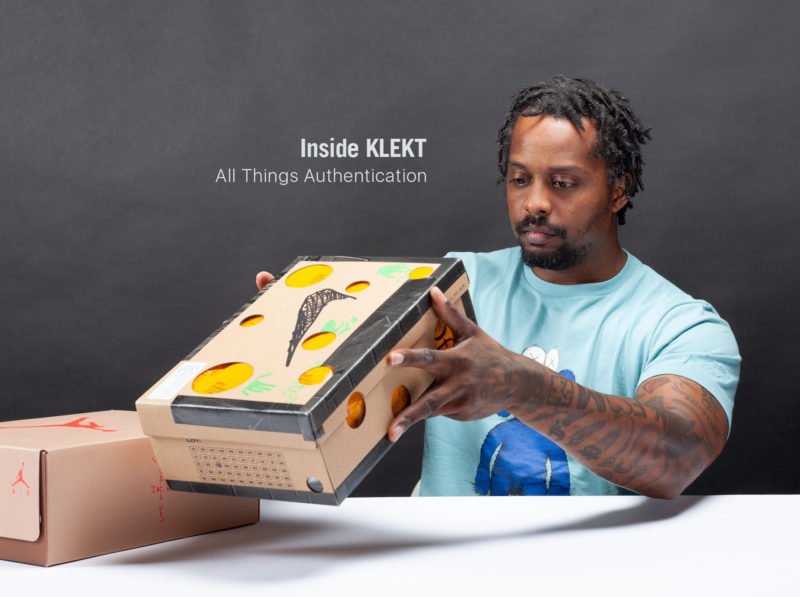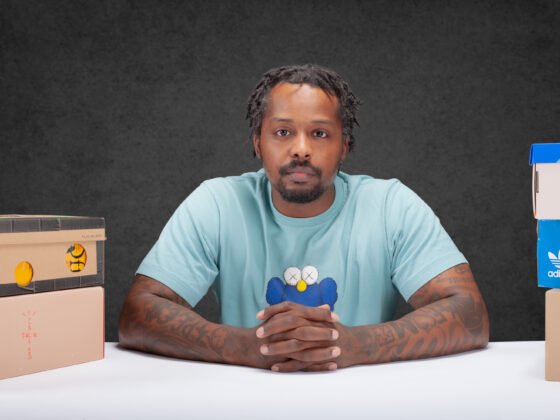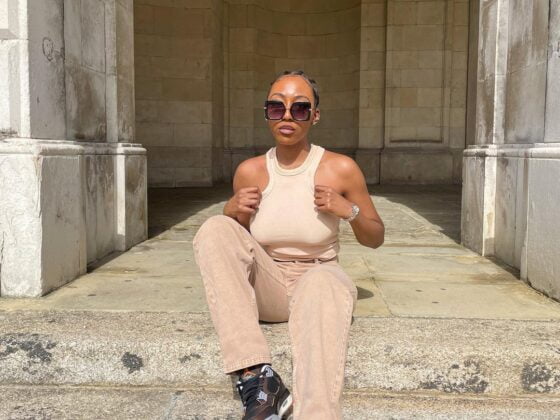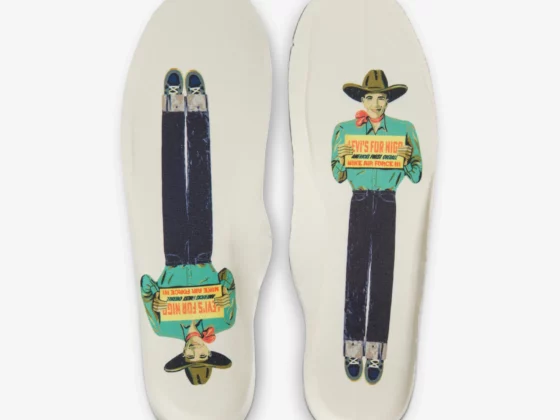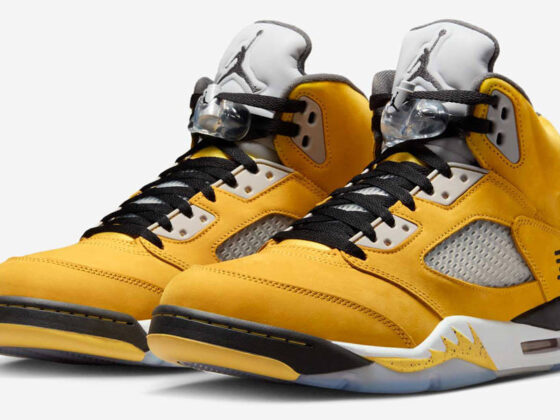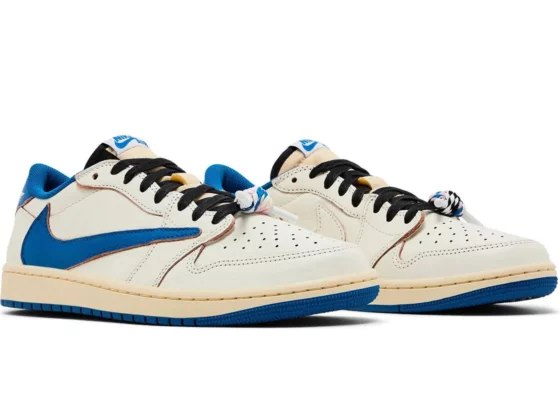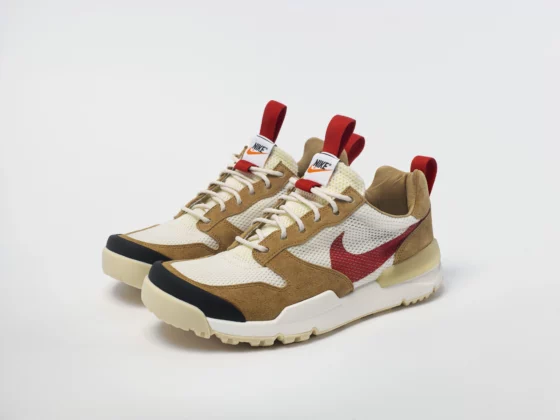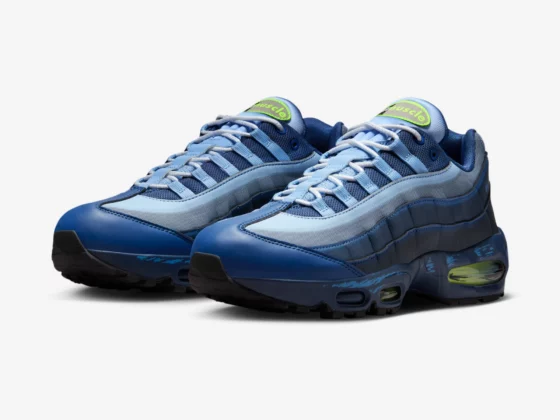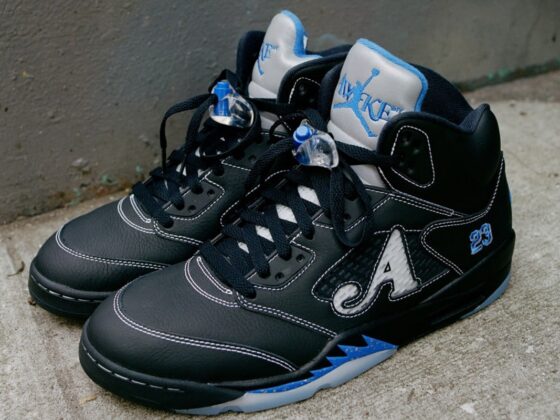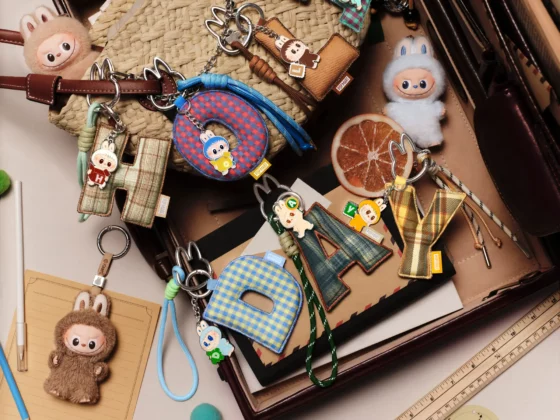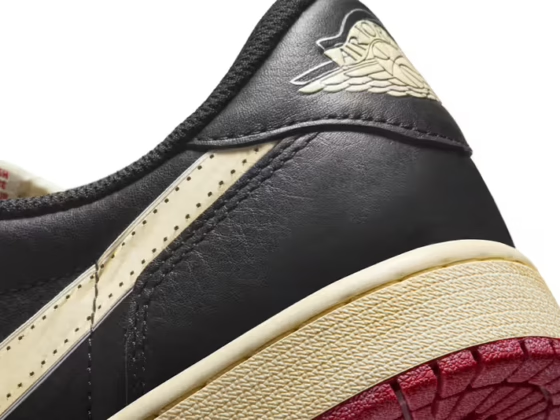Sneaker authentication is one of the key pillars of KLEKT. Authenticity is at the heart of everything we do. As sneakerheads themselves, our expert authenticators have years of experience within the community. Their knowledge, eye for detail and ability to spot a fake from a mile away is integral to their craft. Quite simply put, our authenticators make KLEKT. One question we often get asked is “what does it take to become an authenticator on KLEKT?” So today is your lucky day!
Chatting to James Gooden, Lead Authenticator of KLEKT, we’ll give you a closer look at all the skills you need to become an authenticator. As a sneakerhead through and through, James breaks down some of his own experiences when it comes to legit checking sneakers and streetwear. More importantly, he’ll run through how his own authenticating skills have developed since he first started as well as what he looks for in potential candidates. Without further delay, this is what you need to know to become an authenticator at KLEKT.
What sort of things do you check on sneakers?
There are a number of different areas that we check when authenticating a sneaker. Firstly, we’ll take a look at the packaging. The box is one of the most important parts when authenticating a shoe as it has a few key details that most replica manufacturers overlook. Elements like the box colour, shape, texture, labels, fonts and box size all play an important role in determining whether a shoe is real. Once we are happy with the outside, we’ll take a look at the packaging on the inside. Details like the tissue paper or special edition cards are key features.
If the packaging passes our checks, then we’ll start examining the shoe. For us, the biggest parts include checking the quality, the materials used and the overall shape of the sneaker itself. Structural details like the pattern of the stitching, the consistency of the glue, proportions of the panelling and outsole patterns play a vital role in determining whether or not a sneaker is real or fake. We’ll even sniff the sneaker to check the glue! No stone is left unturned when it comes to authenticating here at KLEKT.
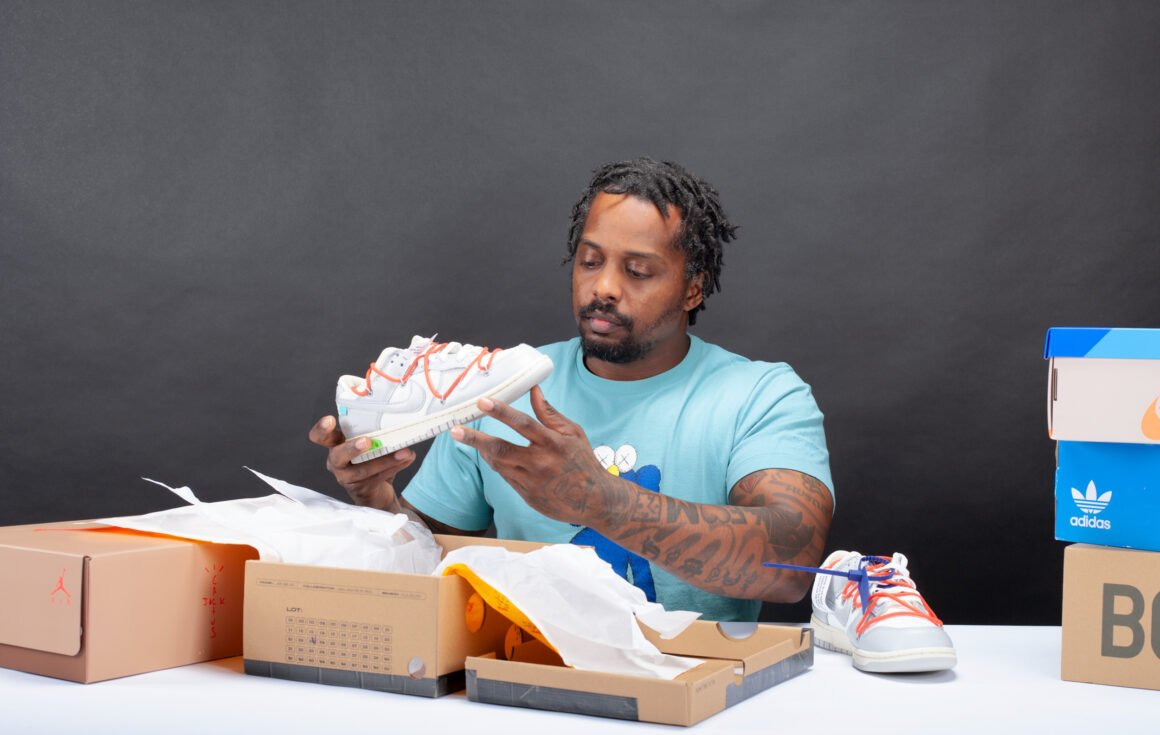
What details are faked most often?
The details really depend on the shoe that’s being authenticated. Often the most overlooked detail by replicators is the box itself. Fake manufacturers spend a lot of time and effort on getting the sneaker right that the packaging is completely forgotten about. If we’re talking about some specific brands or shoes, there are a few big giveaways that we can spot.
Sneakers like the Air Jordan 1 have some iconic details like the Wings logo on the ankle. This is often one of the biggest flaws that fake pairs have. Big brands like Nike will also make their own colours, meaning when a shoe releases it has a specific colour make-up. Colours are either too light, too dark, too translucent or too dense. Most sneakerheads will also know that on adidas/Yeezy sneakers, the Boost material is a big giveaway. Things like the texture, feel and buoyancy of the material are usually wrong and a sign of a fake pair.
How long does it take you to properly check over a sneaker?
We check every sneaker thoroughly, whether it’s an Air Jordan 1 Mid or a Nike Air Yeezy 2. We make sure that we check all of our areas before certifying a sneaker as authentic, but some shoes will always take longer than others. As a team of sneakerheads, we also like to take our time when it comes to rarer or grail worthy pairs. If an Air Dior Jordan 1 is coming through the warehouse, we’re going to take our time because we know how premium and rare this shoe is.
We work as a team and if there’s something about a shoe that could be off, we’ll come together and do a thorough inspection. Everyone’s experience and input is valid, especially when it comes to authenticating some of the rarer sneakers we see. We want our customers to feel comfortable knowing that a team of experts have taken the time to authenticate every product properly to our high standards.
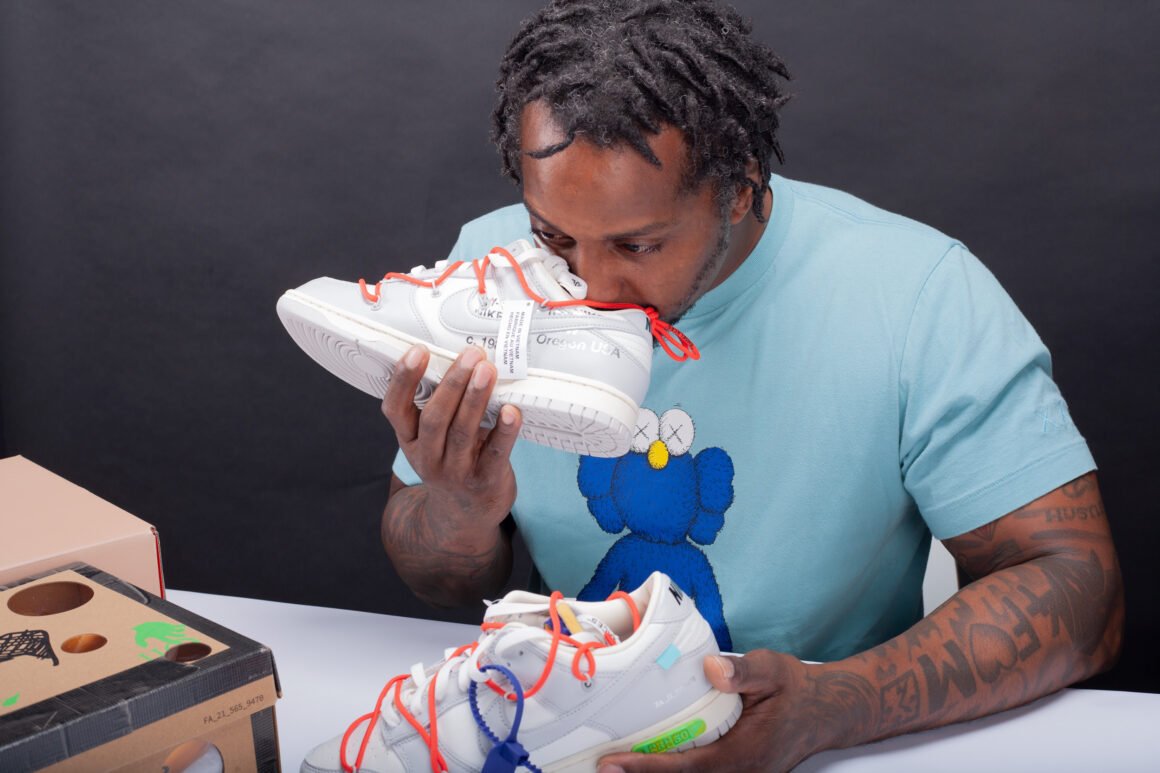
What happens if shoes don’t pass authentication?
Most of the time, a shoe may not have passed authentication not because it’s fake, but because of other errors. These could be things like the wrong size has been sent in, the wrong product has been sent or there’s a factory defect with the product itself. If an item has failed authentication it gets passed to our Customer Support team who then work to find a resolution with both the buyer and seller.
How do you become an authenticator?
The two most important things you need to become an authenticator are a passion and knowledge for sneakers and streetwear. If you’re passionate about both of these then you’ll have an understanding and knowledge of the products that we authenticate. Of course, that’s not to say that you can’t start to learn about replica sneakers from home, but having real experience of fakes, authenticating and the sneaker/streetwear scene as a whole will definitely help.
Another part of becoming an authenticator is having an idea of how the resell industry works. If you know what’s hot, what’s in the latest drop and what the next hype sneaker is then this will increase your knowledge. You might know how to spot a fake Air Jordan 1 – Air Jordan 14, but what about the latest Air Jordan 1 Mid that’s just dropped? With fakes constantly evolving, it’s important that you keep your knowledge up to date. Another thing would be knowing how important some defects could be such as a dented box.
Finally, it’s about knowing the backstory of a product and what drives that resale price. Take the A Ma Maniere x Air Jordan 3 for example. I know that the story behind that shoe is what will drive the resale value so when someone buys that item from us, they’re expecting the same level of high quality to be delivered. The one thing I say to all my authenticators is “How would you feel if you opened the box?” We’re trying to make that purchase as special as possible, something we do by sharing a passion and knowledge for sneakers and streetwear.
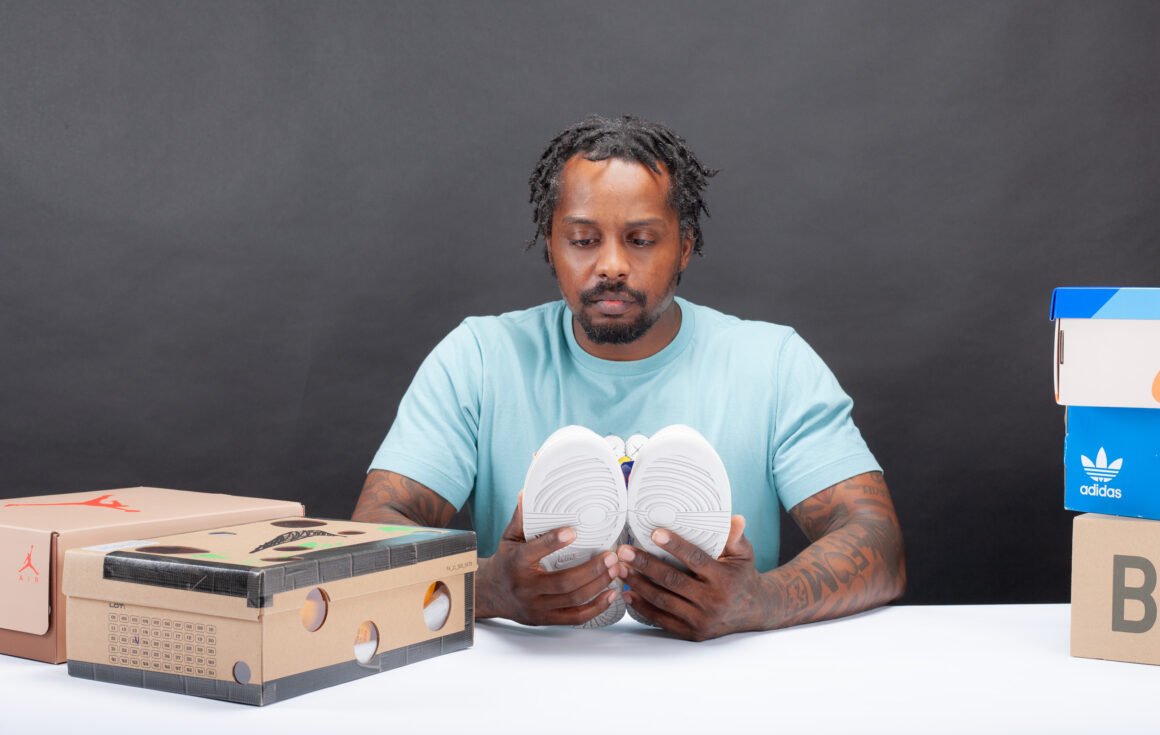
What’s the most common fake you see coming through?
Damn, this is a bit tough because it’s constantly changing. What you have to understand is that sneakers are very seasonal and hype driven. When I first started authenticating, it was Air Jordan 11s that were the most faked sneakers, but that soon changed to adidas Yeezys. However, that’s now shifted to Air Jordan 1s and believe me, some of the fake Air Jordan 1s that we see are crazy. For me personally, I think the Travis Scott x Air Jordan 1 or fragment design x Air Jordan 1 are probably the most common fakes.
We do get some red herrings sometimes though, sneakers you probably wouldn’t think would be faked like the COMME des GARÇONS x Converse Chuck Taylor ‘70. It’s always interesting because we never know what we’re going to be authenticating until it arrives, meaning every day is different. It’s definitely one of the most exciting parts of the job.
What’s the best fake you’ve ever seen?
Over the years there’s been some really, really good fakes that I’ve seen. From memory, there was a batch of the Air Jordan 1 High OG “Obsidian” that were extremely close to the real thing. Everything from the colours, materials, shape, smell and box was 1:1. It was definitely one that left me scratching my head. However, when we took a deeper dive into the shoe, there were some minor details that gave it away. Small differences on the stitching, midsole indentation and insole glue were the only things that gave it away.
Something that people need to bear in mind too is that fake sneakers will come in batches. Usually, the first fake batch will be really bad, there will be some big differences that the replicators have got wrong or they’ve assumed a sneaker will be made one way or another. However, as time goes by, these fakes get better and better. Fake pairs of Air Jordan 1s and adidas Yeezys are now extremely close to the real thing which is where our expertise comes in.
Another crazy fake I saw was a fragment design x Air Jordan 1. The shoe was actually a real “Black Toe” Jordan 1 but the seller had changed the ankle and heel panels for a blue set, stamped the fragment label on and shipped it in. What makes this mad is the original shoe was real, but this guy had tried to pass it off as a fragment. That was definitely a memorable one!
What’s the worst fake you’ve ever seen?
Air Jordan 11s can still be really bad and it’s something replicators haven’t really worked on to get right. Also the very early adidas Yeezy Boost 350 V2 “Bred” fakes were terrible. However, as the batches have improved, so has the quality of the fake itself.
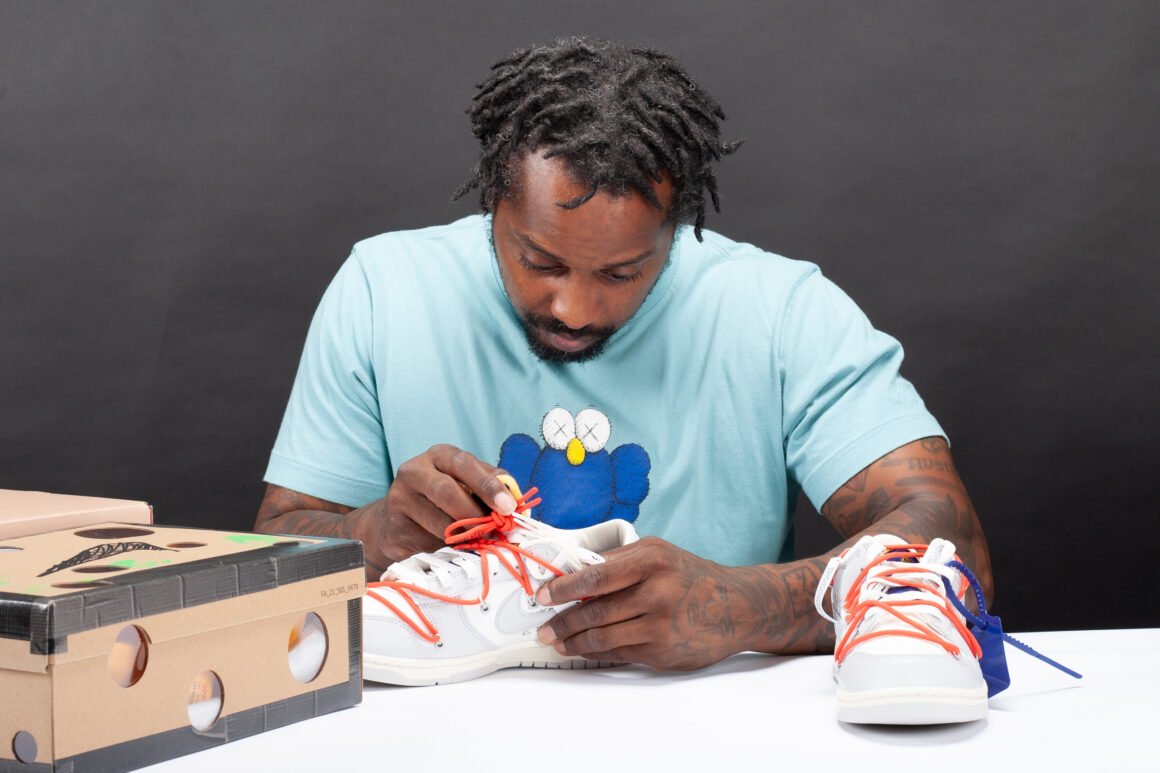
Does anyone ever challenge you on your decision on whether a sneaker is authentic or not?
We do get challenged, yes, but for the 99% of customers that are happy with their experience there is the 1% that think we are wrong. People think that we swap pairs, buy pairs to sell on etc. but that’s all just rumours. Our fake catching rate is very high so most of the time, we’re not challenged on a sneaker being authentic but more the quality control (QC) of the sneaker itself. Sneakers are now so mass produced that there are a lot more QC errors that come from the brands, something that’s then passed down to us.
You’ve got to think, if there’s 150,000 pairs of an Air Jordan 1 being made, there’s no way that each pair is going to be inspected by hand. I’ve seen pairs come in with factory flawed stitching that the seller hasn’t looked at before sending it in. Most sellers often don’t check a shoe before sending it in which then means as authenticators, we’re the first people properly examining that shoe.
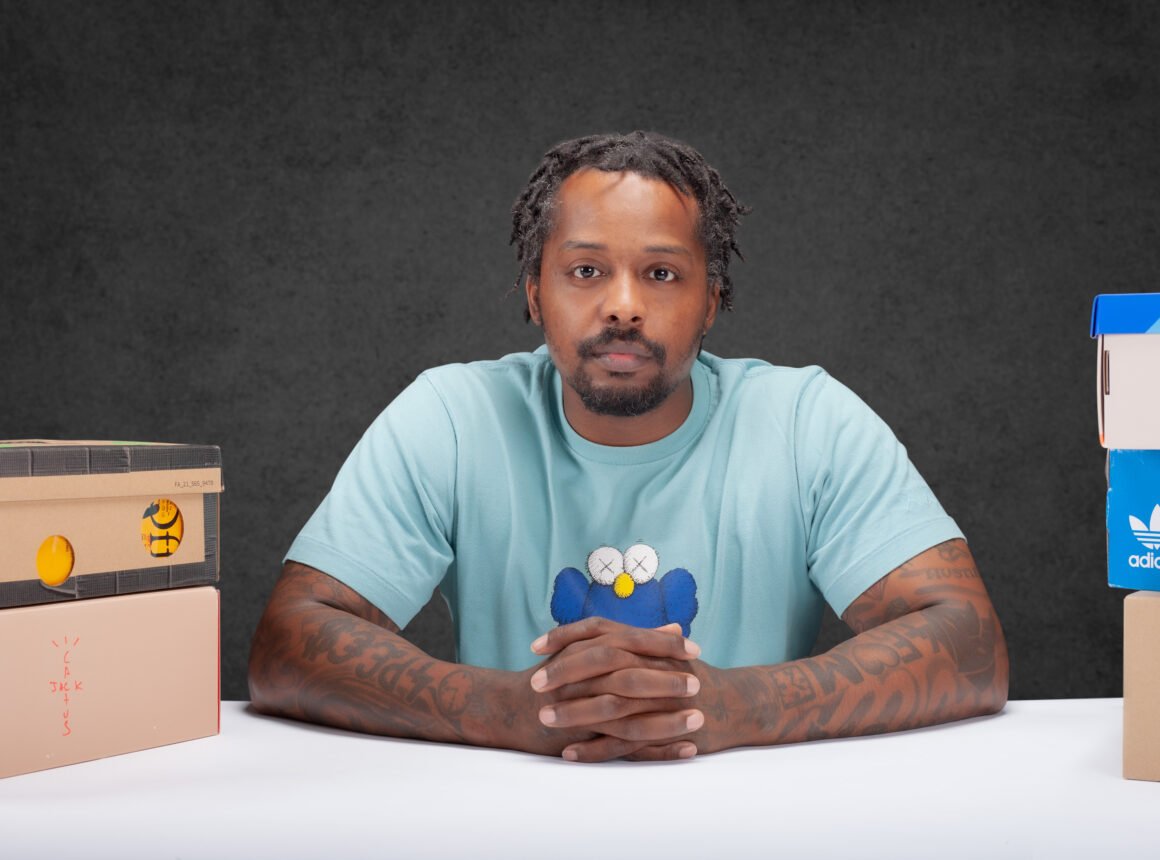
Final Thoughts
As you can see, becoming an authenticator at KLEKT is no small feat. It requires the knowledge of sneakers and streetwear, an excellent ability to spot minute differences and the passion to keep learning more. We are so lucky to have such a great team of experts behind us, something that we fully recognise and celebrate. If you are interested in becoming an authenticator at KLEKT then make sure you visit our website where we’ll post job opportunities as and when they become available.



